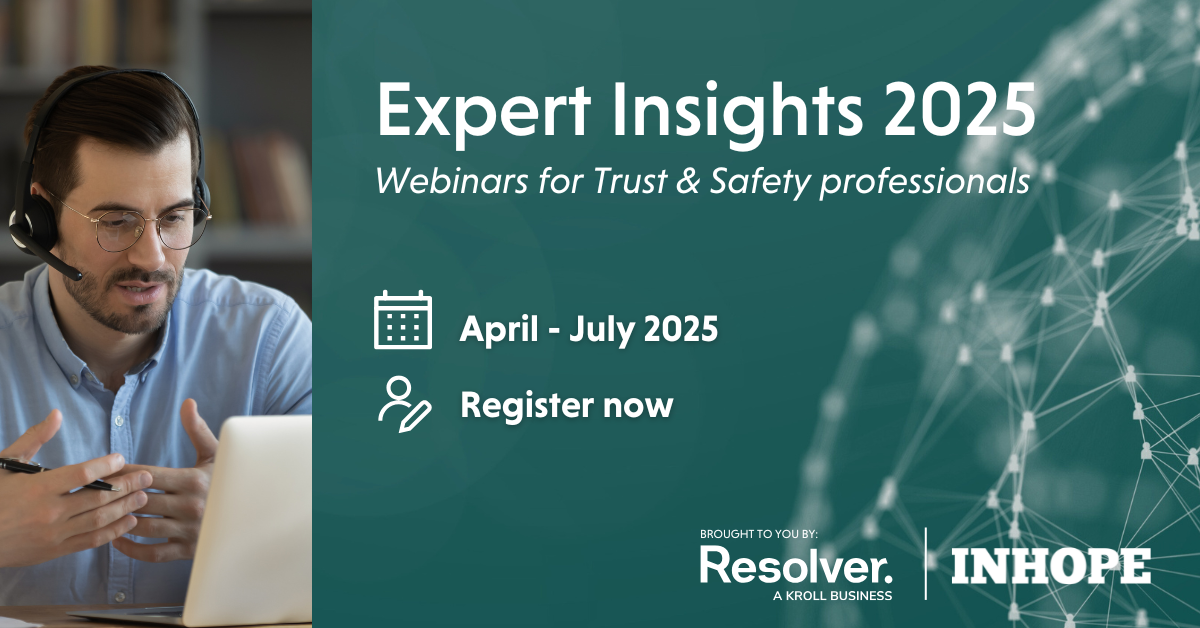Article
Events & Campaigns
Online Safety through Youth Empowerment
The internet has become an indispensable part of children’s lives. It serves as a powerful tool for entertainment socialising and education, playing a significant role in their development. But the increasing reliance on digital technology introduces a heightened need to prioritise online safety.
Digital literacy is one of the strongest weapons we have against online threats – and realising the importance of appropriate digital education is critical in protecting kids online. At a young age, we are the most receptive to retaining new information. For example, learning a language as a child is much easier than learning it later on in adult life. This unique ability of young people to effectively retain knowledge is why starting education young is so important.
Empowerment through parents guardians & caregivers
As children's first point of contact, parents, guardians and caregivers have the power and opportunity to
educate them about potential threats lingering online. By establishing an environment of open communication about the digital environment, online friendships and how to identify signs of risky behaviour parents can ensure that their kids are well-equipped to navigate the internet safely. Of course, parents and guardians don't always have the necessary time, resources or knowledge to facilitate these discussions. This is where other child safety stakeholders come into play.
Empowerment through advocacy and education
Technology has become an essential part of all of our lives, but it has yet to become a required theme in school curriculums. We must work towards a full-rounded educational system including courses on digital literacy. Discussions on online safety, how to recognise threats online, and where to go to help must become the norm, so that young people who can't receive this education at home are still equipped to stay safe online.
Numerous organisations dedicated to supporting young people in developing their digital literacy skills, especially those in underprivileged areas, make their resources available for free online. Schools and educational facilities that lack the necessary resources or funding to invest in digital education can benefit from the information and education offered online:
- The UNICEF-led initiative The Internet of Good Things aims to bridge the digital divide by providing life-saving and life-improving information for free, even on low-end devices. Besides a variety of other topics, they have made available free resources on internet safety.
- The BIK Teacher Corner provides comprehensive resources for educators and adults working with children, to assist them in teaching kids about digital safety.
- EVAC is partnering with education systems and platforms in many countries to help children stay safe online. Many of their grantees work with school systems and relevant government ministries to integrate digital education into the curriculum and school policies, to train teachers and to raise awareness among parents, students and communities.
- The National Association for Media Literacy Education (NAMLE) is an organisation committed to advancing media literacy education. On their platform, they offer various resources, from research on digital literacy, media literacy guides for teachers and parents, and events aimed at teaching educators how to support young people in developing media skills.
Empowerment through online platforms
Online platforms have great power in creating safer online experiences for young users. Not only can they lead the way by creating child-centred, safe-by-design products, but they can also empower young people by offering resources and learning opportunities.
- For over fifteen years Trend Micro has been running the Internet Safety for Kids & Families (ISKF) program aimed at providing free educational resources on digital safety. Parents, teachers, and children receive valuable online safety information in the form of webinars, events, quizzes or online series.
- The Zepeto Safety Center offers a variety of resources such as a guardians guide for parents and guardians, or the clean Zepeto quiz that teaches young users how to use digital spaces safely.
The internet is full of juxtaposition. It can be exciting, fun, and educational, create opportunities, jobs, and help young people develop skills. But a lack of knowledge about it can turn it into something else entirely, an environment filled with online risks and potential abuse. We have the power to determine how the internet looks to young people. By trusting in their intelligence, and their ability to learn we can empower them to use the internet in a safe and positive way. Together, we can create a better internet for children.
Safer Internet Day would not be possible without the support of the European Union. Funding is provided by the Digital Europe Programme (DIGITAL). Learn more about the European Commission’s new European strategy for a better internet for kids (BIK+) on the EC website.

Digital safety does not come from one place, it requires a collective effort from digital platforms, parents/guardians, organisations and children.
'








